Hydropower Has Uncertain Future in Scotland’s Renewable Energy Ambitions
Does Scotland’s clean energy transition hold fresh water?
Alex Salmond, Scotland’s first minister, surprised the nation last month with a far-reaching commitment to a carbon-free economy. Speaking in Edinburgh at the government-sponsored Scottish Low Carbon Investment conference on Sept. 28, Scotland’s leader said the principal energy goal of his nation of 5.1 million should be to generate all of its electricity with clean alternatives by 2025.
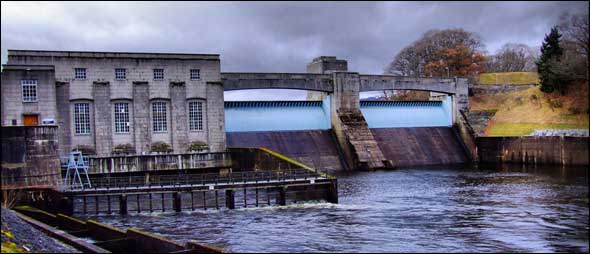
By Nadya Ivanova
Circle of Blue
“This is a pivotal turning point in human history, on a par with the move from hunter-gathering to settled agricultural communities or the discovery of the New World in 1492,” Salmond said. “We must bring a new economy into existence to redress the balance of the old. And unlike the discovery of the new world of America, this new world of energy will be gained not by force and conquest but by innovation and ingenuity.”
In setting the highest clean energy production goal of any industrialized nation, essentially doubling the 50 percent commitment by 2020 that Scotland made last year and increasing the 80 percent goal he had set earlier this past September, Salmond was relying on Scotland’s considerable fresh and seawater resources to attain it.
The proposed 100 by 2025 target came just weeks after Salmond, an enthusiast for renewable energy development, unveiled a legislative plan that, if approved, would allow Scottish Water, the state-owned utility, to invest in renewable hydro energy projects, as well as wind farms and “green” power stations.
In his statement, he said that tapping green energy will help beat the recession and turn Scotland into “the world’s first hydro-economy.” He described Scotland’s existing hydro industry as “arguably the most successful hydro scheme in the world,” and the country’s water as “our greatest natural asset.”
But some authorities in Scotland expressed reservations about the proposed path to the new clean energy goal. Peter Pollard, an expert at the Scottish Environment Protection Agency (SEPA), the country’s environmental regulator, said it is doubtful that Scotland’s fresh water can drive its transition to a clean energy economy.
“At the moment, we have no details about what the first minister has in mind,” Pollard wrote in an e-mail to Circle of Blue. “The studies commissioned by the Scottish Government do not indicate that there is sufficient untapped [freshwater] capacity for renewable hydropower development to dominate Scotland’s economy.”
Long History of Water Use
Considered the most mature among the renewable energy technologies, hydropower in Scotland developed in the 1950s and 1960s, long before climate change considerations were integrated into engineering schemes, legislative policies and investment plans. But as the European Union prepares to produce 20 percent of its energy from renewables by 2020, Scotland has vowed to make its historic and untapped hydropower potential the highlight of its transition to a stronger, cleaner economy.
In a number of ways, Scotland’s clean energy plans reflect the EU-wide search for renewable energy options that are both sustainable and affordable, while accommodating economic growth. Yet, while hydro will continue to play a role in the overall EU renewable technology mix, recently released data by the European Environment Agency indicates that its growth in most of Europe, including Scotland, is quickly being outpaced by other renewables, such as onshore and offshore wind.
The numbers point strongly to a relatively static trend for hydropower generation in Europe that comes in sharp contrast to the booming hydropower industry in large parts of Southeast Asia, Africa and South America. But they also indicate a diversifying energy arsenal in Europe that puts it in direct competition with other economies in the world’s fast growing renewable energy market.
In August, for example, Scotland launched the world’s largest tidal turbine, prompting some of its developers to suggest that the turbine could unlock the potential of the marine energy industry in the country and could boost Scotland’s renewable generation capacity.
“Scotland is entering a really exciting phase with that right now,” said Toby Smith, a photographer who spent three months this past winter documenting the historic hydro schemes in the Scottish Highlands. “It’s due to the complete bonkers amounts of energy that it has off its shores. It’s just the case of making machinery become viable via its maintenance schedule and its output.”
Does the Clean Energy Transition Hold Fresh Water?
Scotland has saturated most of its potential for big hydro development, and its geography—lacking high mountains and large rivers—does not favor the construction of many more big hydro schemes. Even with the projected increase in precipitation as a result of climate change, Scotland’s reservoirs are unlikely to capture the more intense rainfall in the wet periods of the year.
“I see the 80-percent renewable goal as totally achievable, but not from hydro,” Pollard said in an interview with Circle of Blue. “I don’t think that hydro will play a big role. Traditionally and still, hydro has been one of our biggest sources of renewables, but that’s rapidly being overtaken by onshore wind, and I think the trend is going to be that the next big one is going to be offshore wind.”
According to a 2008 study by the Scottish Institute of Sustainable Technology and two other partners, Scotland’s hilly topography and flowing streams could support thousands of small hydro “schemes” that are capable of generating nearly 2,600 megawatts of power.
Indeed, the current trend points toward a rapid increase in the number of small hydropower schemes in the country, but their total energy output will remain small, Pollard said. Since April 2006, SEPA, which provides the licenses for hydro abstractions and construction, has authorized 80 to 90 new schemes—roughly 20-30 a year—but 80 percent of these have an installed capacity of one megawatt, adding just a bit to the overall energy capacity.
According to Pollard, the renewed wave of applications for licenses came as a direct response to the two national incentive schemes introduced by the Scottish Government in 2006 and 2010 to boost investment in renewable energies. The Feed-in Tariff of April 2010, in particular, was designed to promote small-scale low carbon electricity generation. Similar fiscal incentives, such as tax exemptions, reductions and bonuses, are common throughout the rest of the U.K. and the EU, as well as other parts of the world.
New Renewables
While hydropower generation is unlikely to grow much, wind and wave development are quickly advancing in Scotland.
“Scotland is doing extremely well, particularly compared to other parts of the U.K.,” said David Clubb, renewable energy project manager at the European Environment Agency. “And they are obviously also looking very hard at marine renewables because they’ve got a fantastic wave and tidal resource.”
Situated on an island in Western Europe, Scotland can tap strong winds and harness tidal streams for energy. According to the Scottish Government, the country has an estimated 10 percent of Europe’s wave power and 25 percent of its tidal power, putting it at the forefront of this emerging sector. The industry, though, still lacks the technology and environmental knowhow to fully explore the country’s marine potential.
From 2003 to 2009, the country increased its wind and wave installed capacity from roughly 308 megawatts to about 2,115 megawatts. In comparison, the hydro installed capacity—excluding from pumped storage, which is not considered renewable—grew from 1,298 megawatts in 2003 to 1,456 megawatts in 2009, according to government statistics. Scotland currently plans to harness almost 11 gigawatts of offshore wind capacity by 2020.
In May this year, a study commissioned by the U.K. government and a group of industry organizations estimated that using a third of the U.K.’s wind, wave and tidal resource by 2050 could generate the electricity equivalent of 1 billion barrels of oil annually, matching the current North Sea oil and gas production. But exactly how this renewable potential could be deployed, and at what cost and investment risk, remains under question, as available technologies and current utilities’ prices continue vary widely.
Nadya Ivanova is a reporter and producer for Circle of Blue. Reach her at circleofblue.org/contact.
, a Bulgaria native, is a Chicago-based reporter for Circle of Blue. She co-writes The Stream, a daily digest of international water news trends.
Interests: Europe, China, Environmental Policy, International Security.

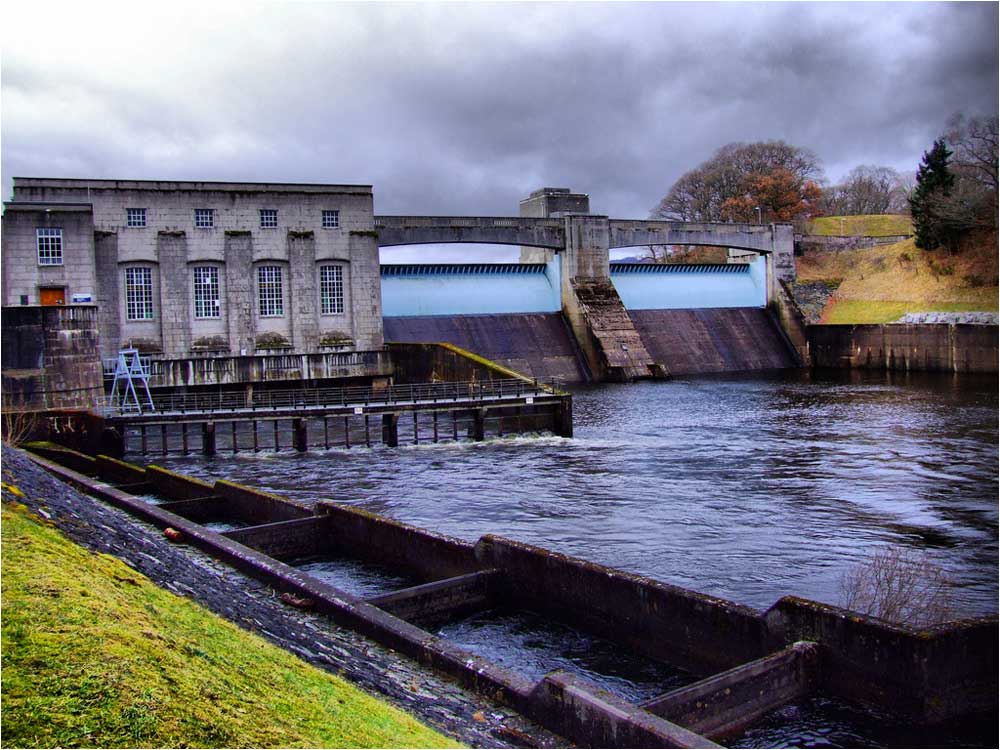
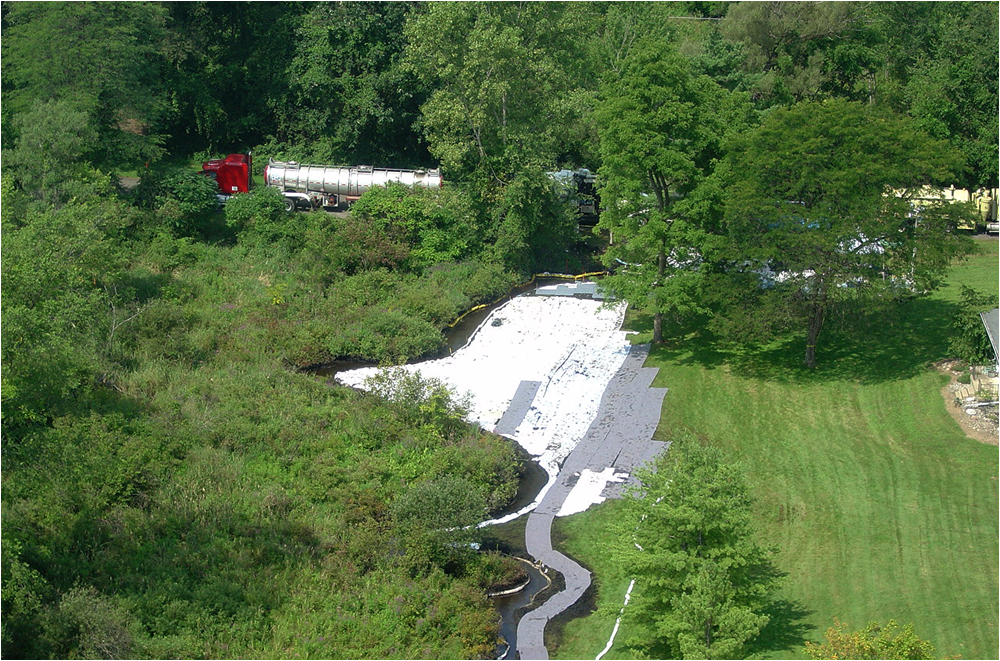

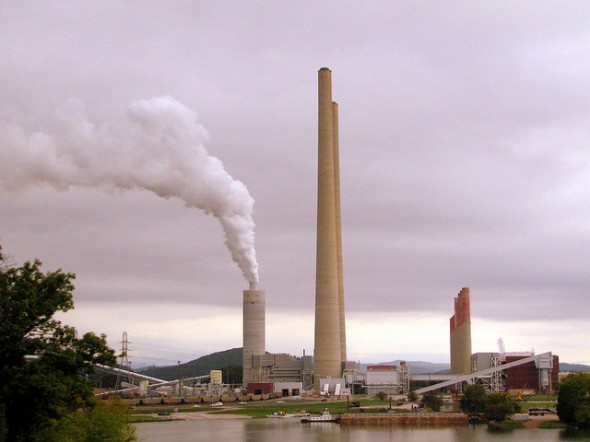



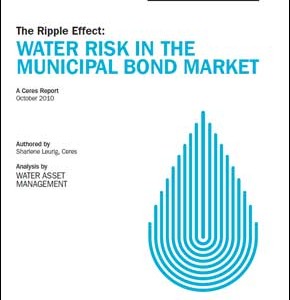
Leave a Reply
Want to join the discussion?Feel free to contribute!